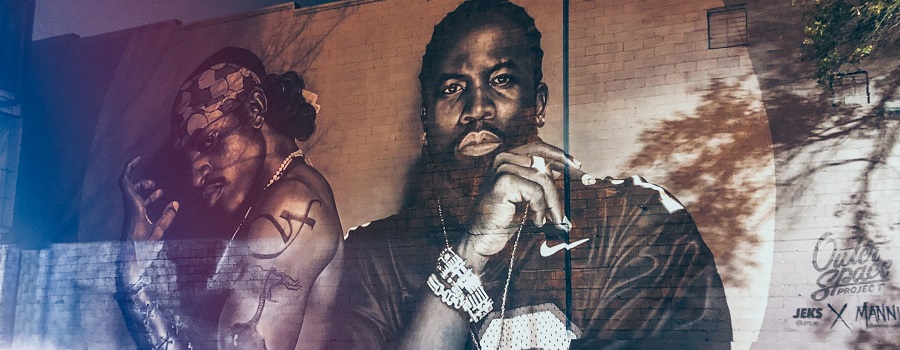Tag: Uniquely ATL
Historic Harlots of Old Atlanta
Digital tour of the rise and fall of the bawdy brothels that lined Downtown Atlanta’s Collins Street from the late 1800s to the early 1900s—showcasing...
Read More
Rap Map
Celebrating 50 years of hip-hop! The Rap Map visualizes metro Atlanta’s influence on hip-hop and hip-hop’s influence on the region over the last three decades....
Read More
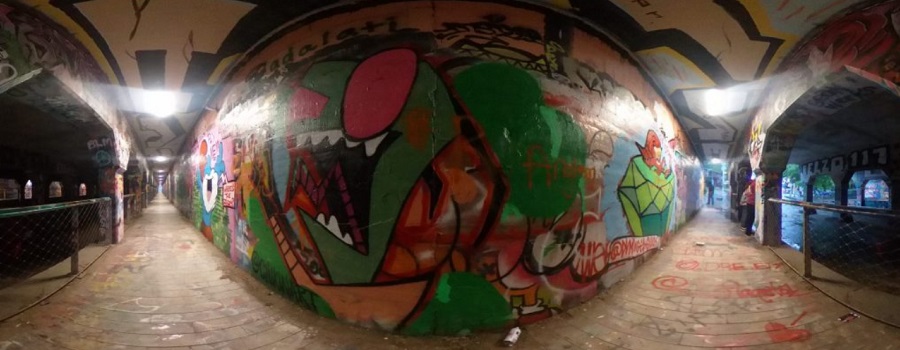
Krog Codex: Archive of Krog Street Tunnel
A Community Interactive Digital Archive. Krog Street Tunnel is one of Atlanta’s premier destinations for street art, political communication, and a community bulletin board. Since...
Read More
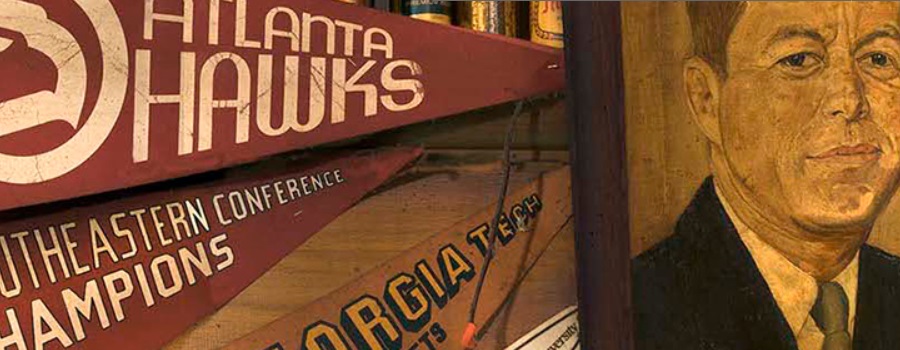
Unpacking Manuel’s Tavern
Aims to both preserve this unintentional archive as it was before Manuel’s Tavern underwent renovations in 2015 and provide a platform through which one might...
Read More
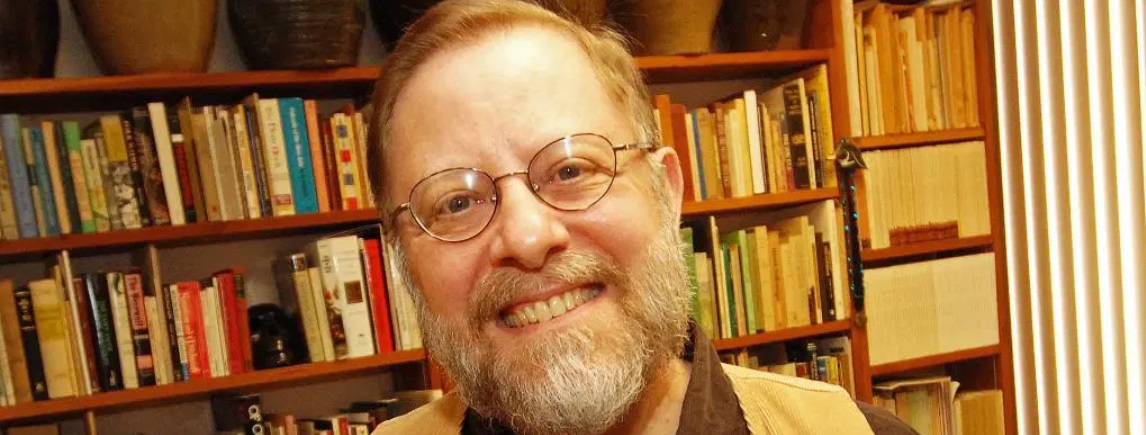
Downtown Folk Tour
Recorded stories from Dr. John Burrison, Folklorist and Professor of English at Georgia State University, who has collected stories of folk music, pottery, legends, medicine,...
Read More
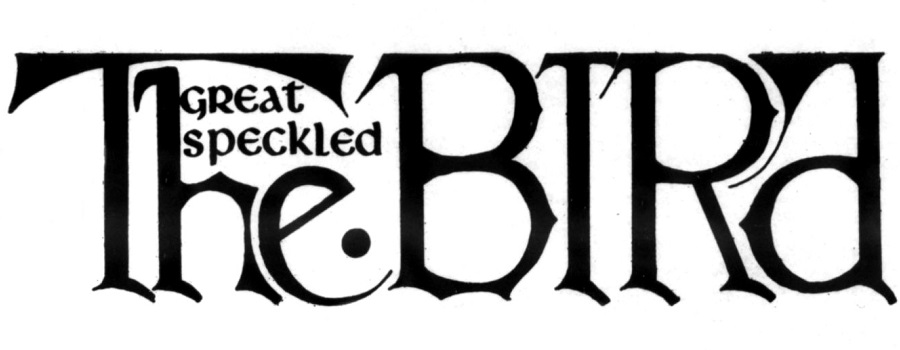
The Great Speckled Bird
The Great Speckled Bird was one of several underground newspapers that appeared in the United States in the 1960s. Published in Atlanta from 1968 to...
Read More
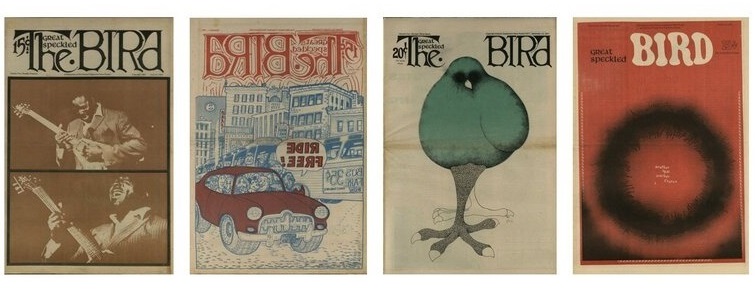
The Great Speckled Bird: What a Beautiful Thought I Am Thinking
The exhibit commemorates the 50th anniversary of the publication of the first issue of The Great Speckled Bird. Content in this exhibit incorporates resources from...
Read More
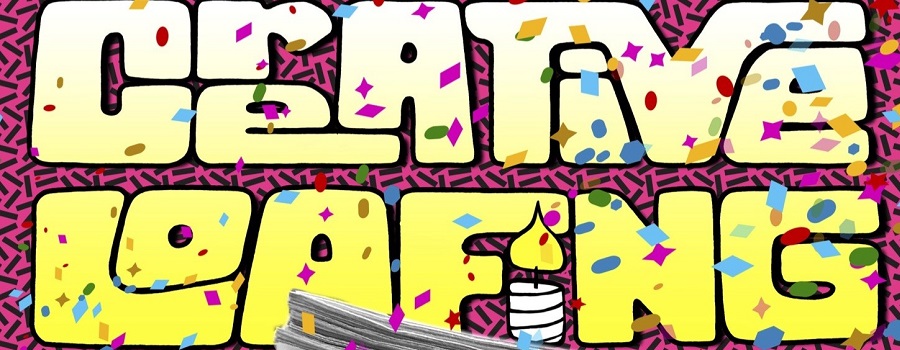
Creative Loafing
Creative Loafing is an alternative newspaper covering arts, entertainment, music, news, and politics in metro Atlanta. The paper was founded in 1972 by Deborah and...
Read More

Underground Atlanta Historic District Nomination
National Register of Historic Places Inventory nomination form submitted in 1980. Originally, the two-and-a-half-block area of the Underground district was a part of the larger...
Read More

Kell Hall: Capturing the Legacy
Originally built in 1925 as one of the first parking garages in the city, the Ivy Street Garage was renovated and opened to students in...
Read More

Once Upon a Time in Atlanta
The purpose of this tour is to have students explore some of the locations on or near GSU’s campus in Raymond Andrews’ memoir Once Upon...
Read More
 Georgia State University Library
Georgia State University Library

